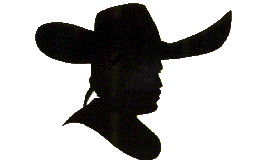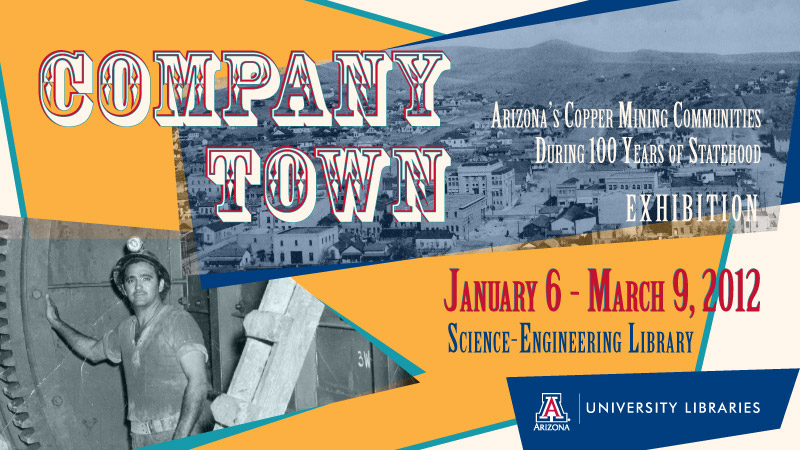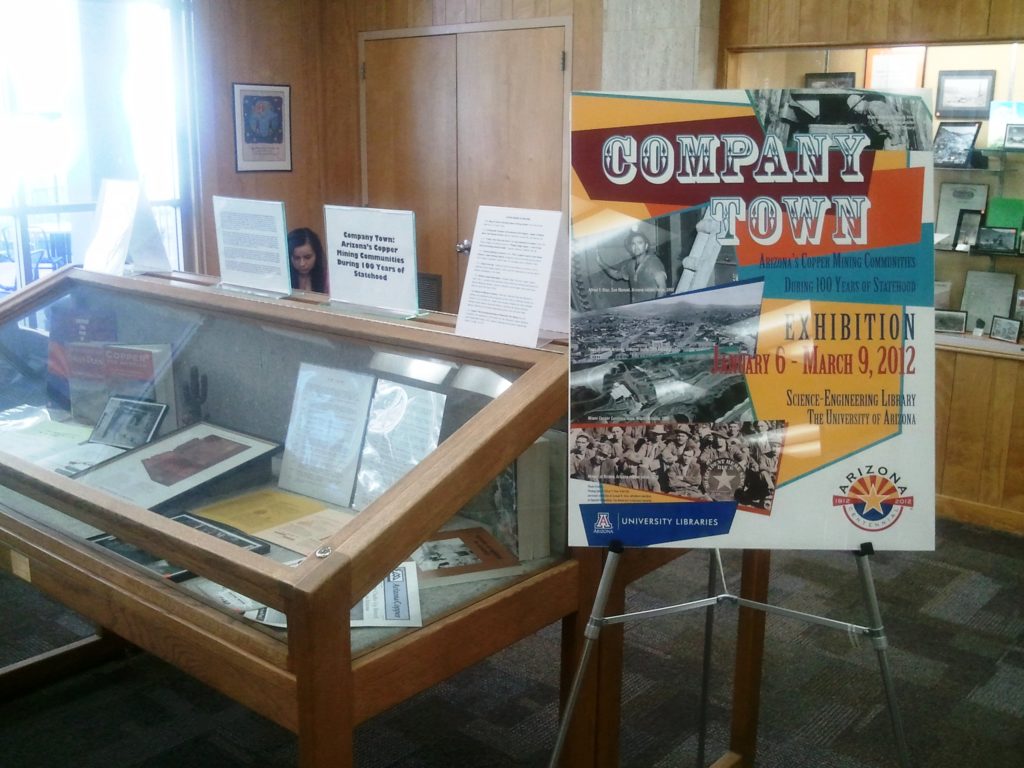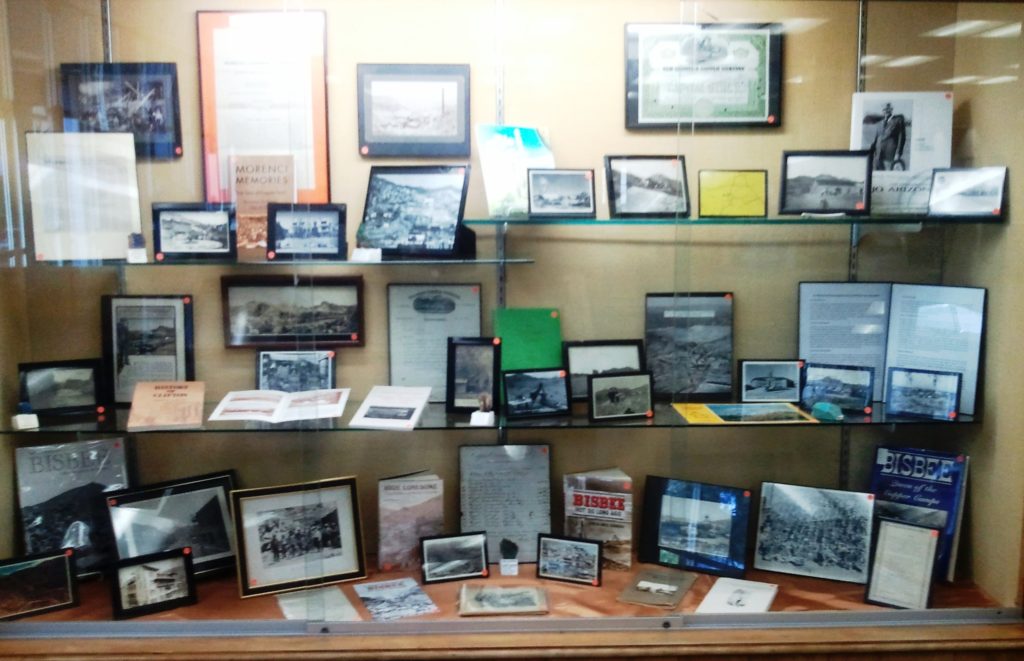
From the UA News Service:
UA Exhibition Reflects on Decades of Civil Rights in Tucson
Jan. 14, 2013
On Aug. 28, 1963, thousands were drawn to the National Mall in Washington, D.C. to be part of what would become a historic event: the March on Washington for Jobs and Freedom.
On a national level, the march spurred the passing of important civil rights legislation.
To honor that history, a new exhibition at the UA’s Special Collections will review how, 50 years later, the fight for civil rights has impacted local Tucson communities.
The exhibition, “50 Years: Civil Rights in Arizona from 1963 to Today,” is on display Jan. 15 through Aug. 31 at the UA Special Collections, 1510 E. University Blvd. The Special Collections exhibition focuses on national civil rights issues. A companion exhibition focusing on local civil rights will be on display in the UA Main Library during the same time period.
Highlights of the exhibit include national civil rights legislative documents from the Morris K. and Stewart L. Udall Collections and from the Tucson Council for Civic Unity archive, which detail the council’s effort to end discrimination and segregation in Tucson and Arizona.
The exhibition also includes photographs and papers from civil rights groups and individuals representing the African American, Native American, Asian American, Mexican American and lesbian, gay, bisexual and transgender (LGBT) communities of Tucson. An audio kiosk with songs from the civil rights era is also part of the exhibition.
A lecture series featuring community leaders, UA scholars and local educators, will accompany the exhibition. All lectures take place at Special Collections and are free and open to the public. They are:
- Jan. 15: “50 Years: Tucson’s African American Community will be held 7-9 p.m. A screening of the documentary film “In Their Own Words: The 1960s Civil Rights Movement in Tucson” and a panel discussion with Charles Ford, former Tucson Vice Mayor and retired Tucson Unified School District principal, and Cressworth Lander, anative Tucsonan and president of the Dunbar Coalition.
- Feb. 12: “50 Years: Tucson’s Native American Community” will be held 4-6 p.m. A discussion about Arizona, the Supreme Court and legal cases affecting and involving tribal members law cases, Arizona during the civil rights era with Robert A. Williams, Jr., the E. Thomas Sullivan Professor of Law and American Indian Studies at the UA James E. Rogers College of Law.
- March 7: “50 Years: Tucson’s LGBTQ Community” will be held 7-9 p.m. A discussion with Adela Licona, an associate professor in the UA’s English department; Stephen Russell, who directs the Frances McClelland Institute; and Jamie Lee, a doctoral student in the UA School of Information Resources and Library Science.
- April 29: “50 Years: Tucson’s Mexican American Community” is a discussion with Lupe Castillo, a faculty member at Pima Community College, and Margo Cowan, a Pima County public defender.
Contact: Bob Diaz, UA Special Collections, at 520-621‐7010 and diazj@u.library.arizona.edu.
Here is another overview of the exhibition and programs, from the February 21, 2013 issue of the Tucson Weekly. The exhibition and programs were The Weekly’s “Pick of the Week”.
50 Years Later, by Megan Merrimac.

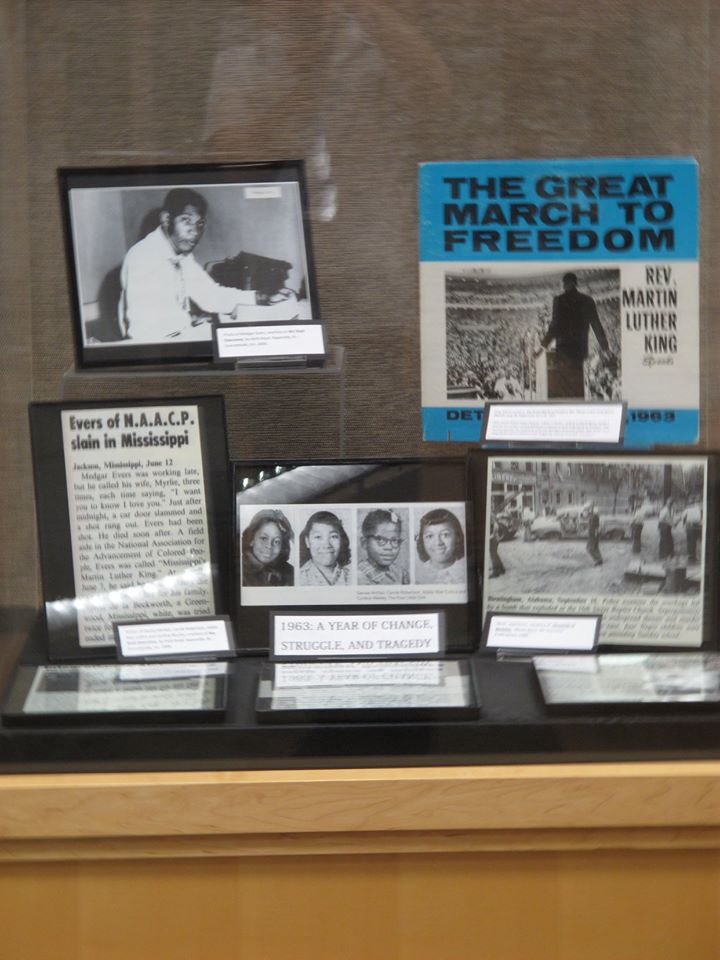
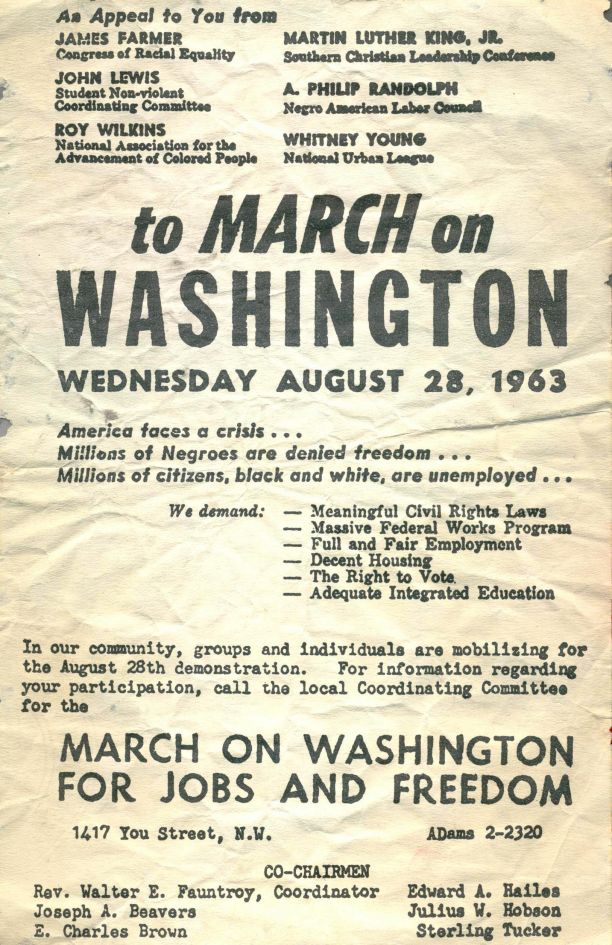

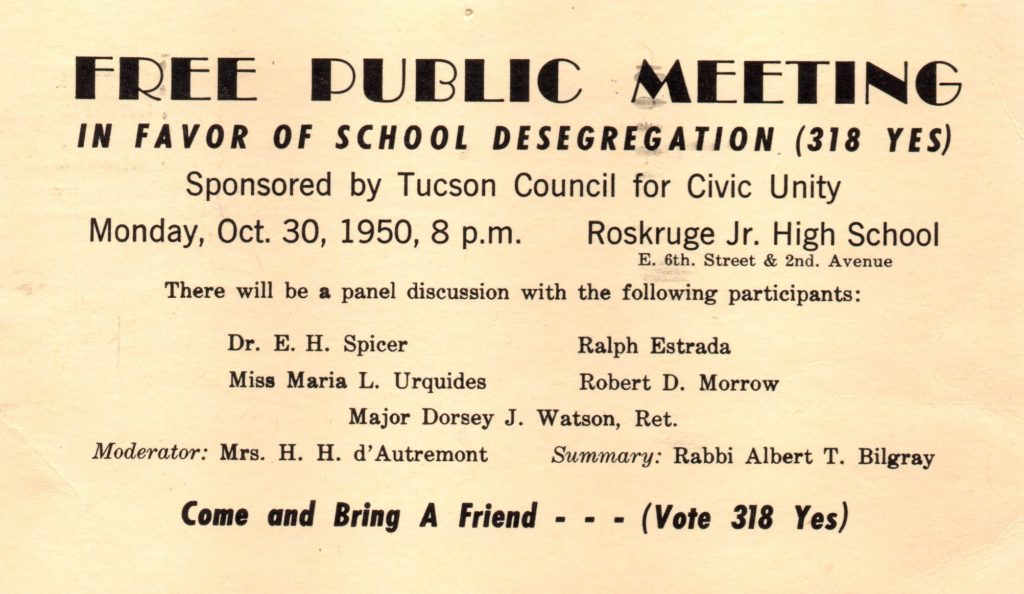
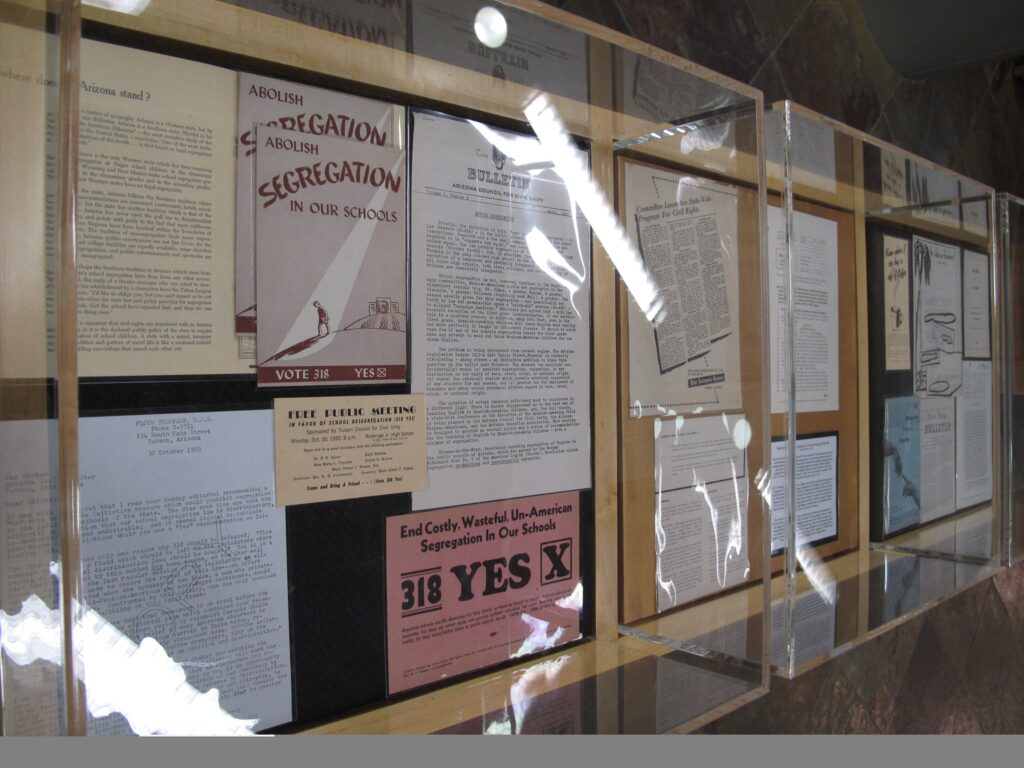
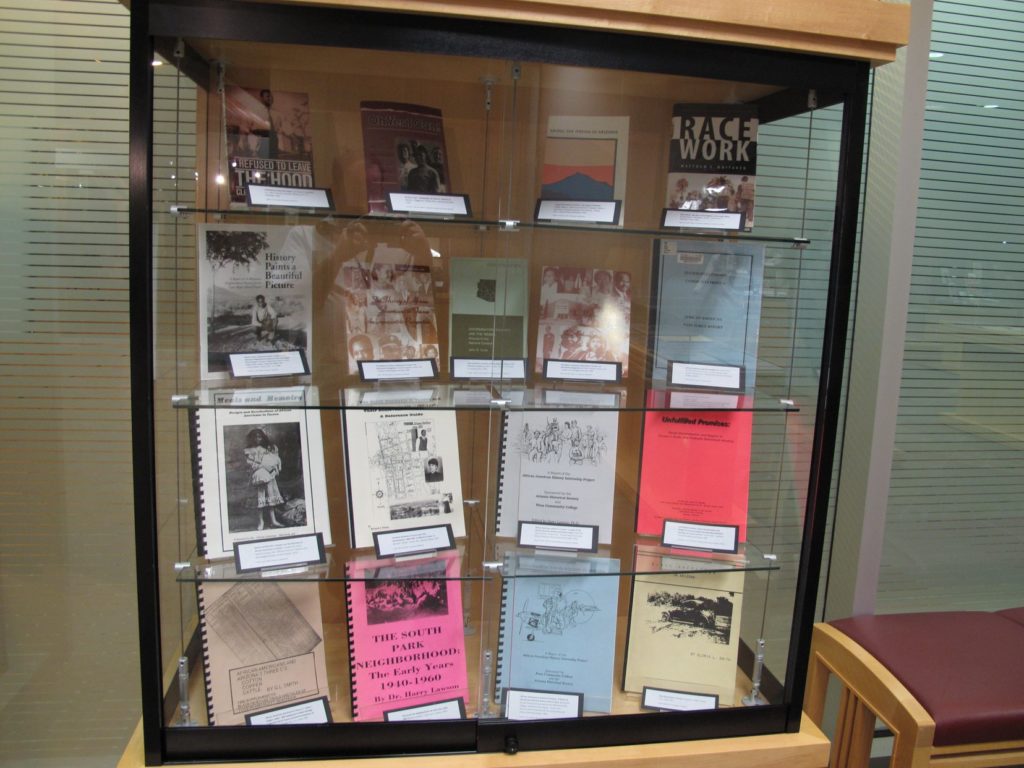
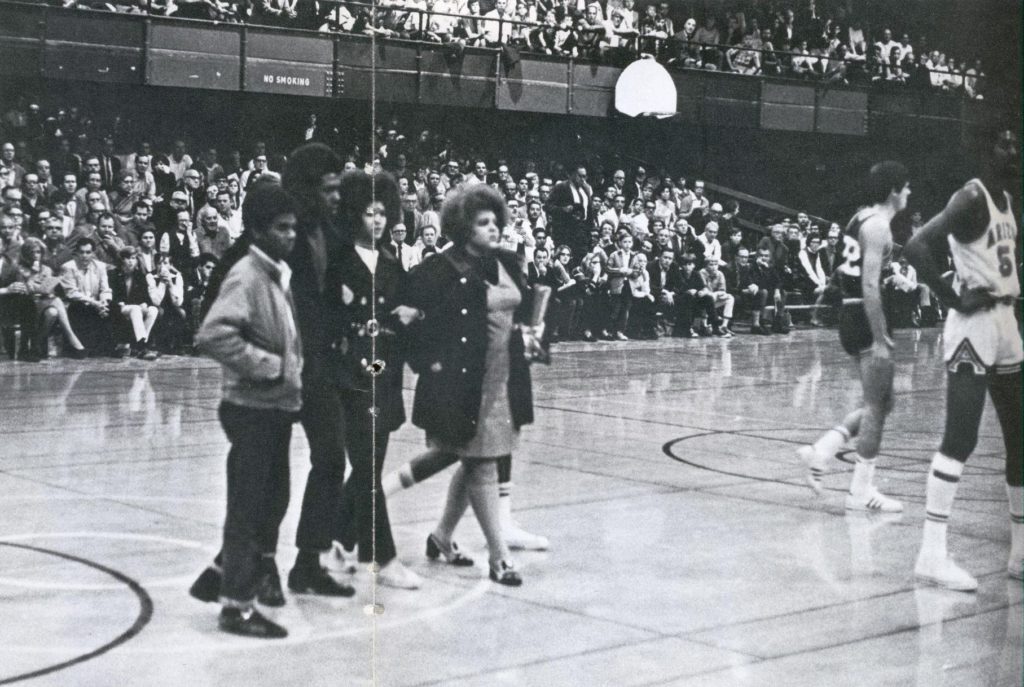
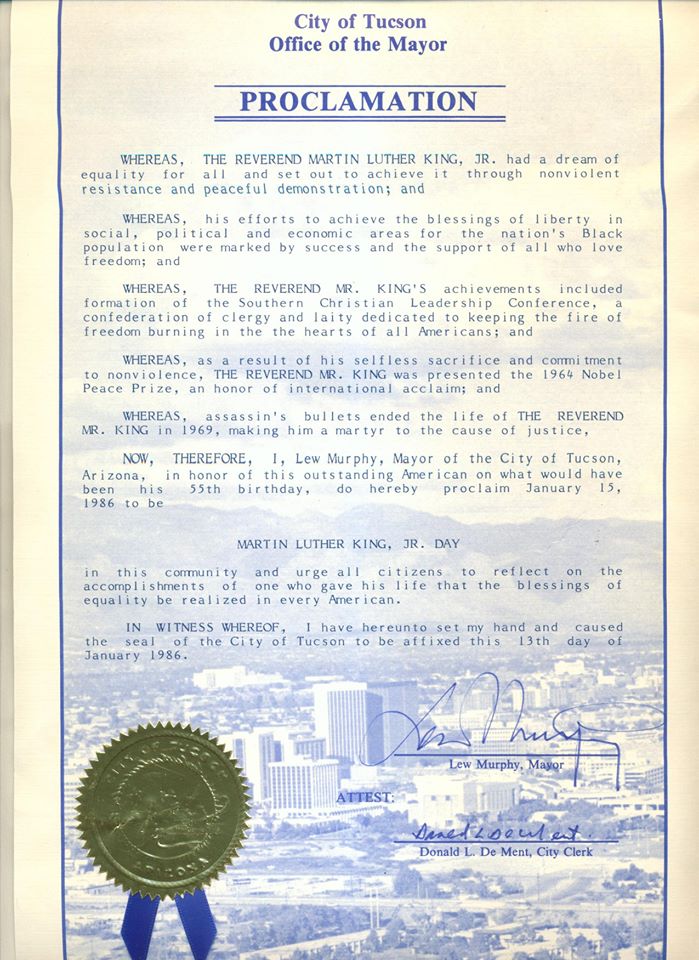
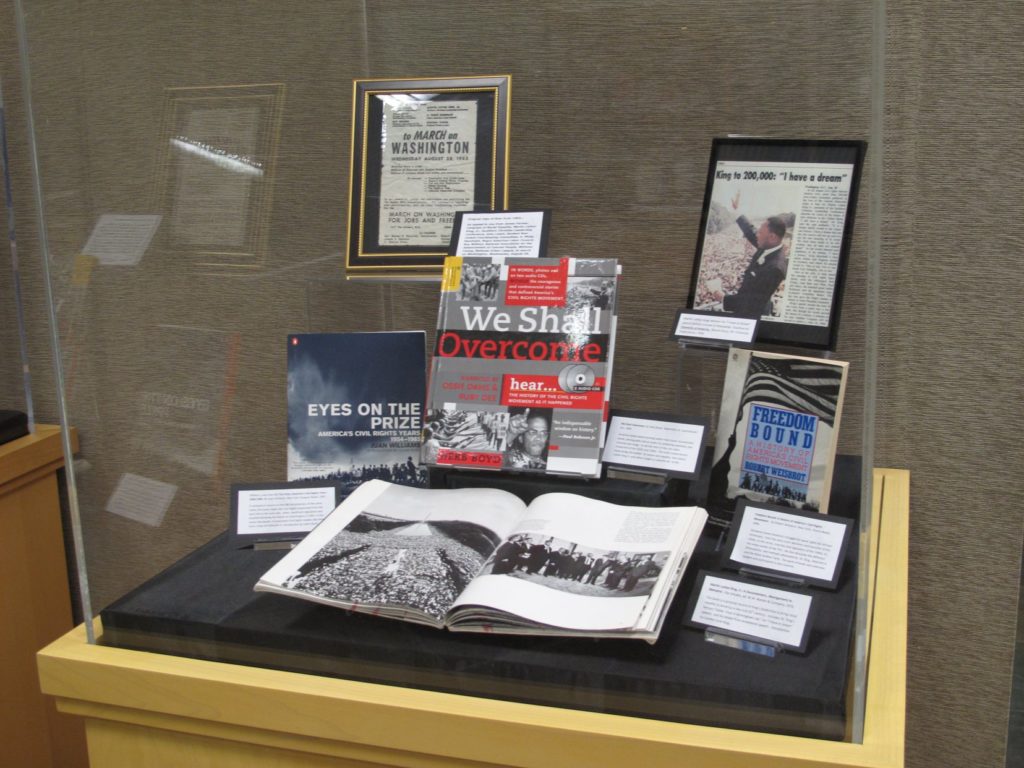
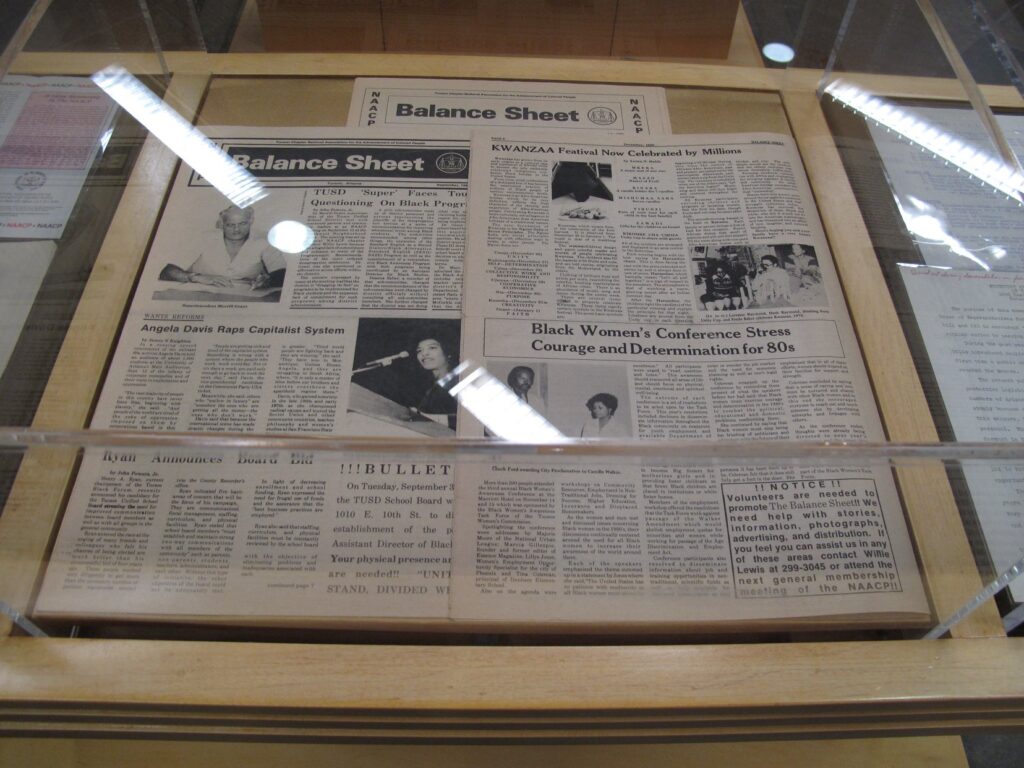
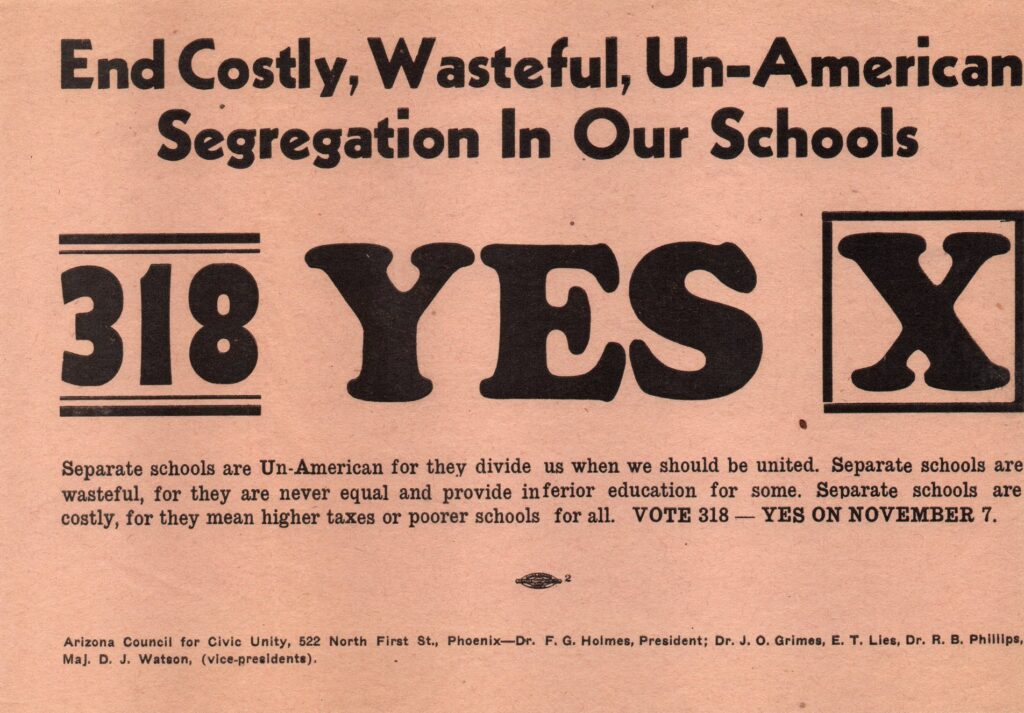
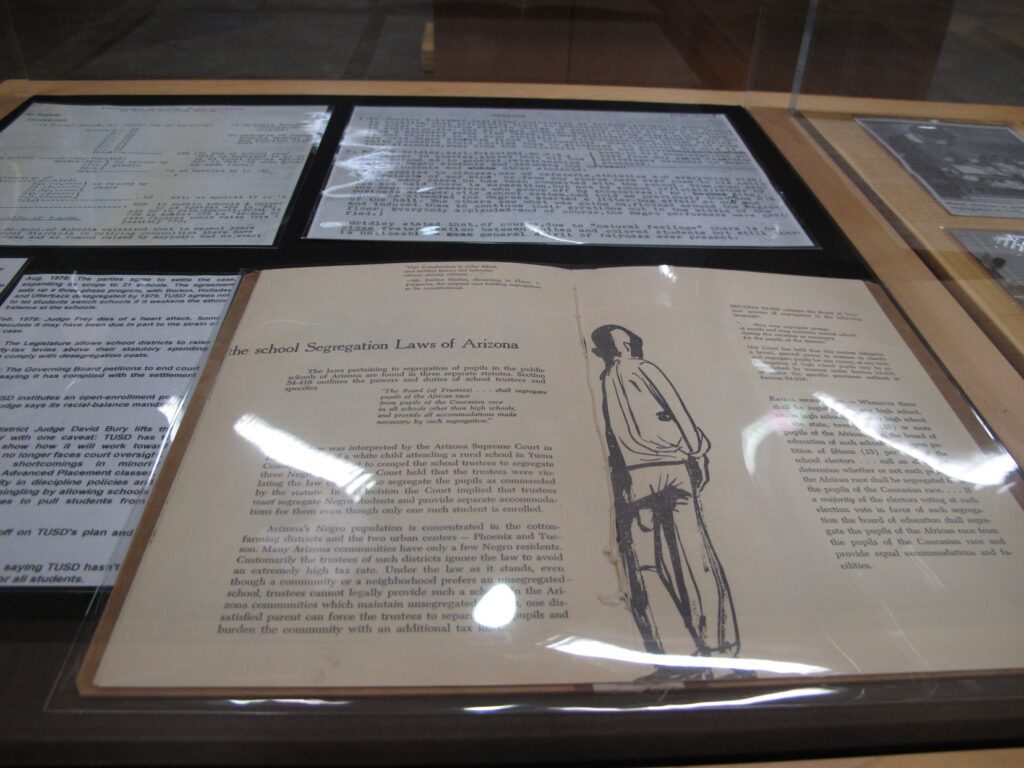
For more information see: 50 Years Later, a “Pick of the week” article by Megan Merrimac that appeared in the Tucson Weekly on February 21, 2013.
